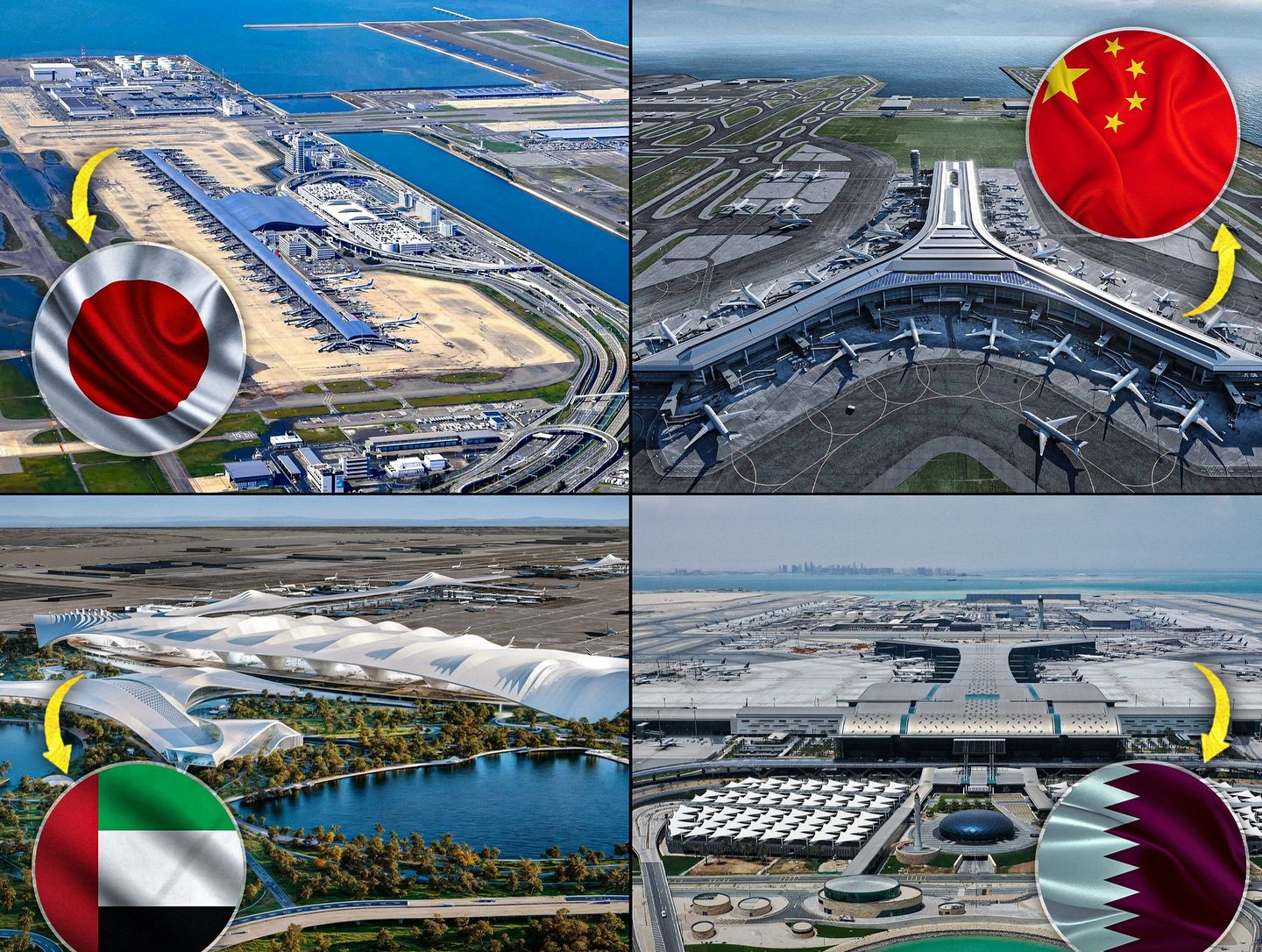Most Expensive Airports Humanity Has Ever Built — From $9 Billion Marvels to $41 Billion Engineering Wonders
Airports aren’t just places we pass through. In many countries, they’ve become symbols of ambition, luxury, power, and engineering brilliance. From underground tunnels the size of cities to terminals that look like museums, the most expensive airports on Earth are architectural and logistical masterpieces.
They’re more than just concrete and control towers. These places often sit on reclaimed oceans, reshaped deserts, or custom-built islands. They tell stories of nations trying to outdo each other in design, comfort, and sheer scale. And when you look at the cost behind them, you realize just how far humanity has gone to connect the skies.
We’re counting down the most expensive airports ever built — and each one isn’t just a transportation hub, it’s a monument to money, modern dreams, and human creativity.
Let’s start with the “smallest” of these giants, and work our way to the biggest.
Denver International Airport, United States — $9.6 Billion
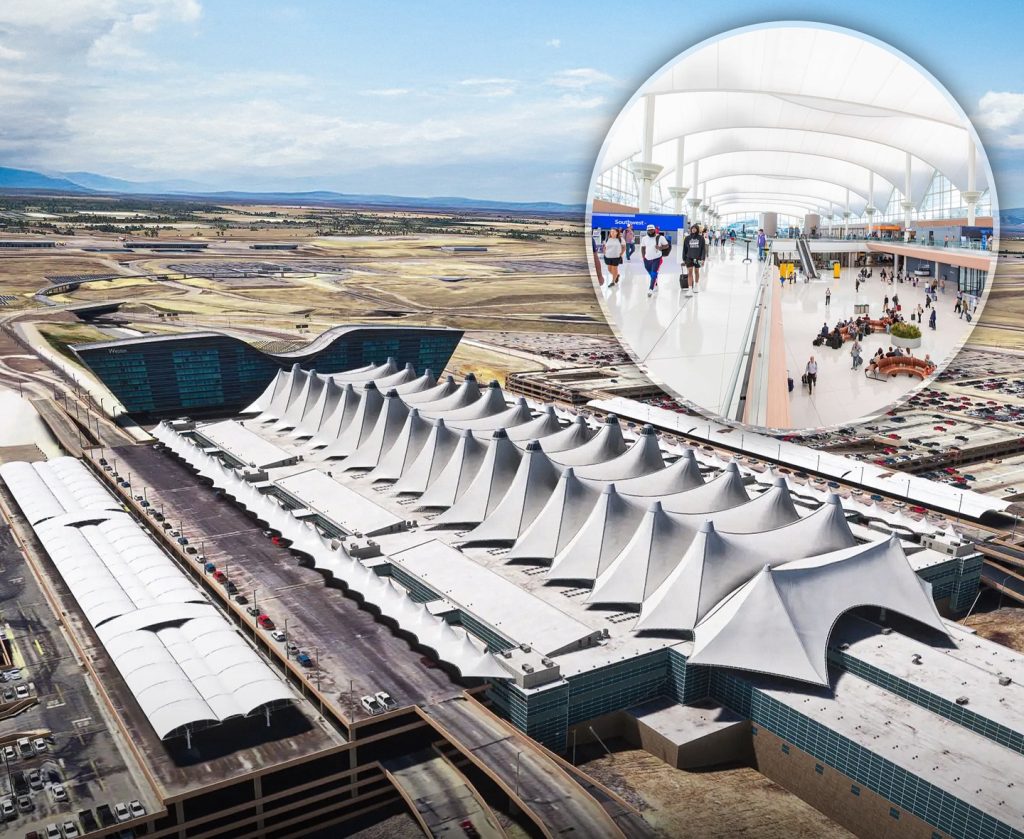
Tucked into the vast open plains of Colorado, Denver International looks like something out of a sci-fi film. With its white, tent-like roof peaks, it blends into the Rocky Mountains behind it. But what many don’t realize is that this was one of the most expensive and delayed airport projects in American history.
Built in the mid-90s and constantly expanded since, Denver’s layout was designed to handle future growth for decades. It’s the second-largest airport in the world by area, and its underground baggage system and secret tunnels have inspired more conspiracy theories than any other airport. Still, the cost—$9.6 billion—proves it wasn’t just about moving people. It was about making a statement.
Istanbul Airport, Turkey — $16.7 Billion
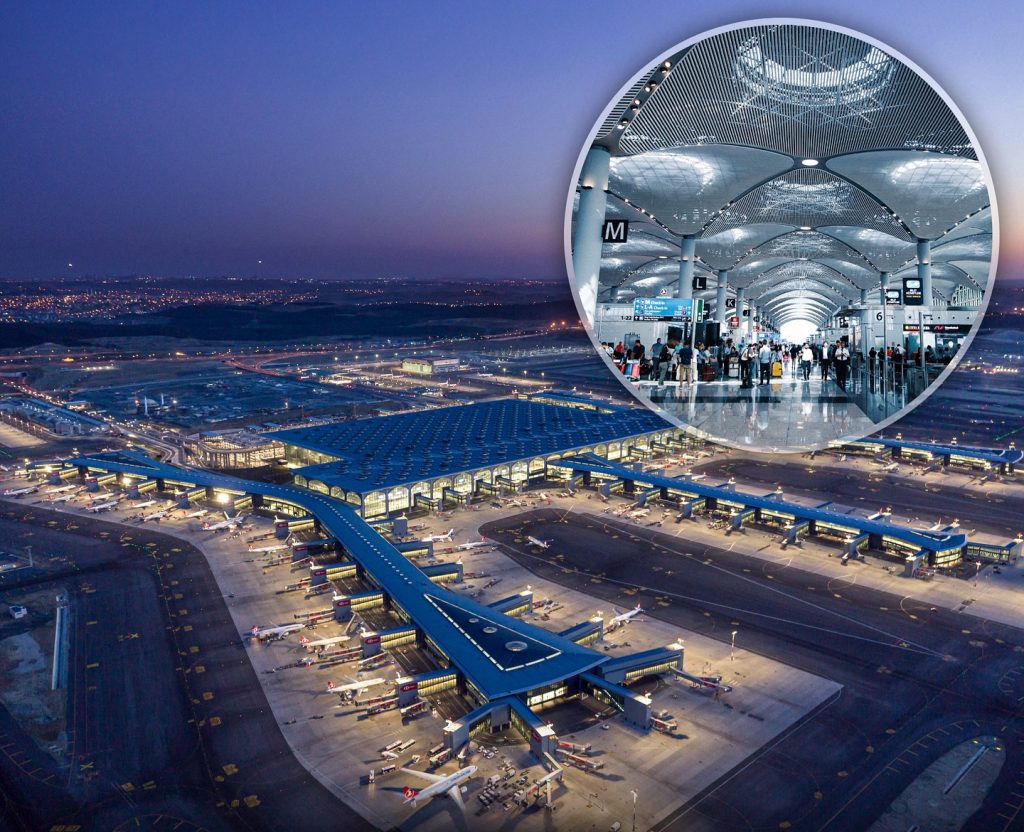
When Turkey set out to build a new airport in Istanbul, they weren’t aiming for average—they were chasing global dominance. And they didn’t disappoint.
With its sleek, modern design and sweeping interiors that look more like luxury shopping malls than departure lounges, Istanbul Airport was made to impress. And its scale is shocking: six runways, a capacity of 200 million passengers per year, and ambitions to be the biggest hub on Earth.
The price tag? A jaw-dropping $16.7 billion. But ask anyone who’s landed there—walking through that terminal feels like stepping into the future.
Beijing Daxing International Airport, China — $17 Billion
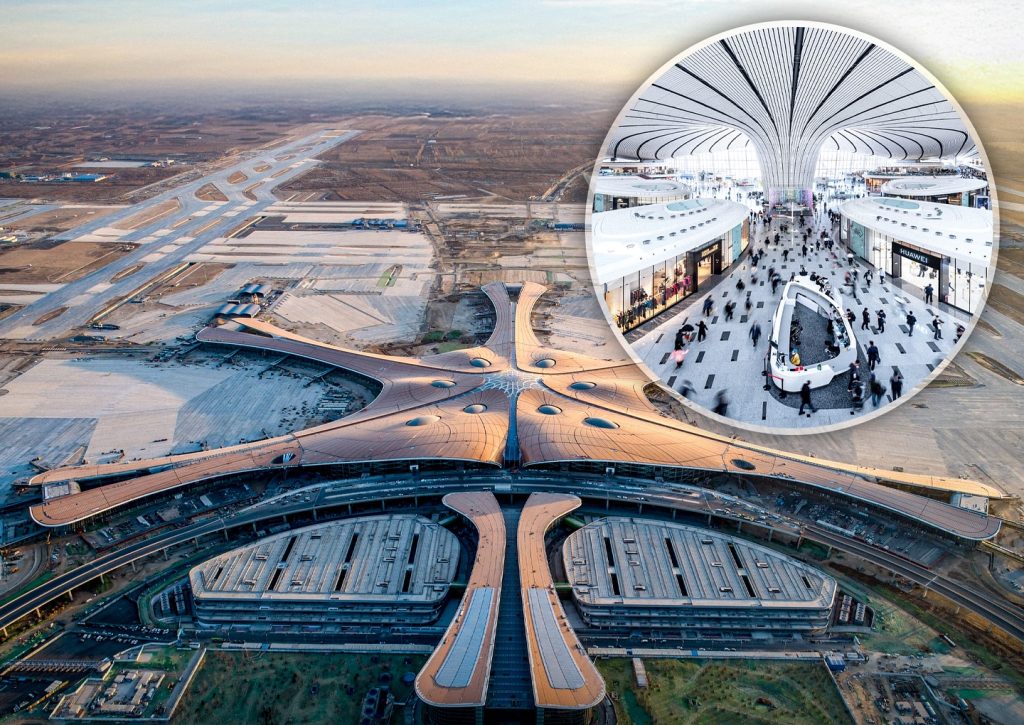
This one looks like something straight out of Star Wars. Nicknamed “The Starfish” because of its unique radial shape, Daxing International is a perfect example of China’s bold, tech-forward vision.
Opened in 2019, the airport is a masterclass in passenger flow, efficiency, and architecture. It was designed by the legendary Zaha Hadid and stretches across 18 square miles.
But what really makes it shine is what lies beneath—miles of automated systems, high-speed trains, and a layout so efficient that no gate is more than an 8-minute walk from the central hub.
At $17 billion, it’s a massive price—but every inch of this place feels like the future arrived early.
Hamad International Airport, Qatar — $22 Billion
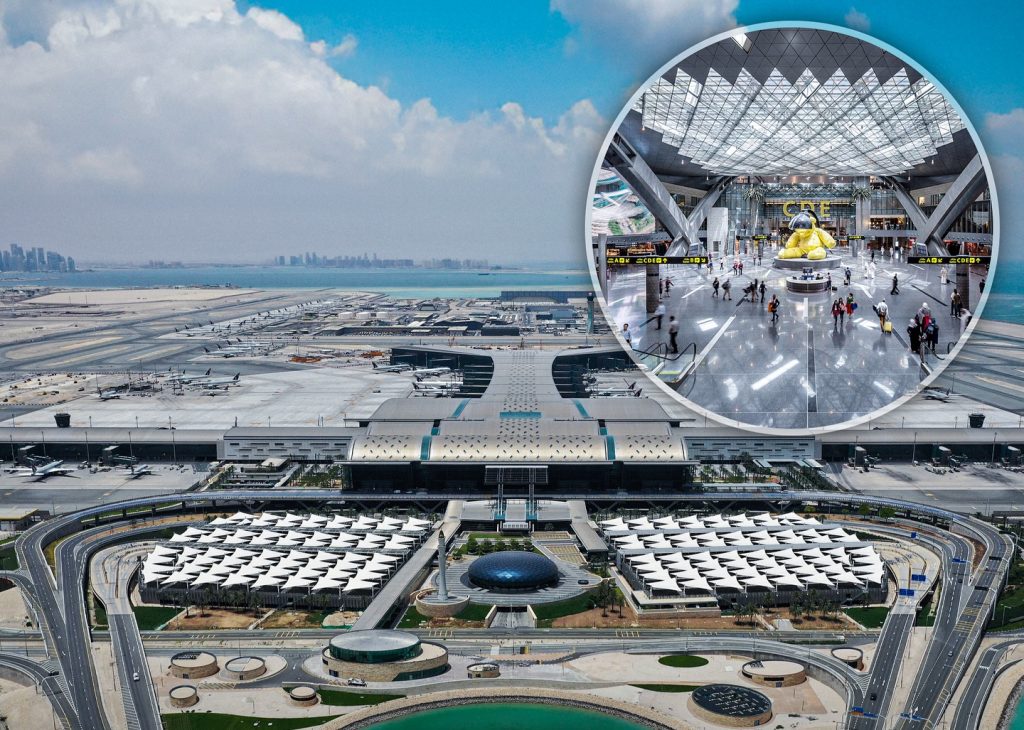
If you land in Doha and think you walked into a five-star resort, you wouldn’t be wrong. Hamad International Airport is more than an airport—it’s a blend of art gallery, luxury hotel, and futuristic design all wrapped in marble and glass.
Qatar didn’t hold back. They built this airport as part of their larger vision for global prestige—and ahead of the FIFA World Cup, it became a centerpiece of the country’s modernization effort.
Inside, you’ll find giant teddy bear sculptures, high-end shopping, spa lounges, swimming pools, and VIP terminals with private butlers. The $22 billion cost shows in every corner—and every passenger feels it.
Al Maktoum International Airport, Dubai — $35 Billion
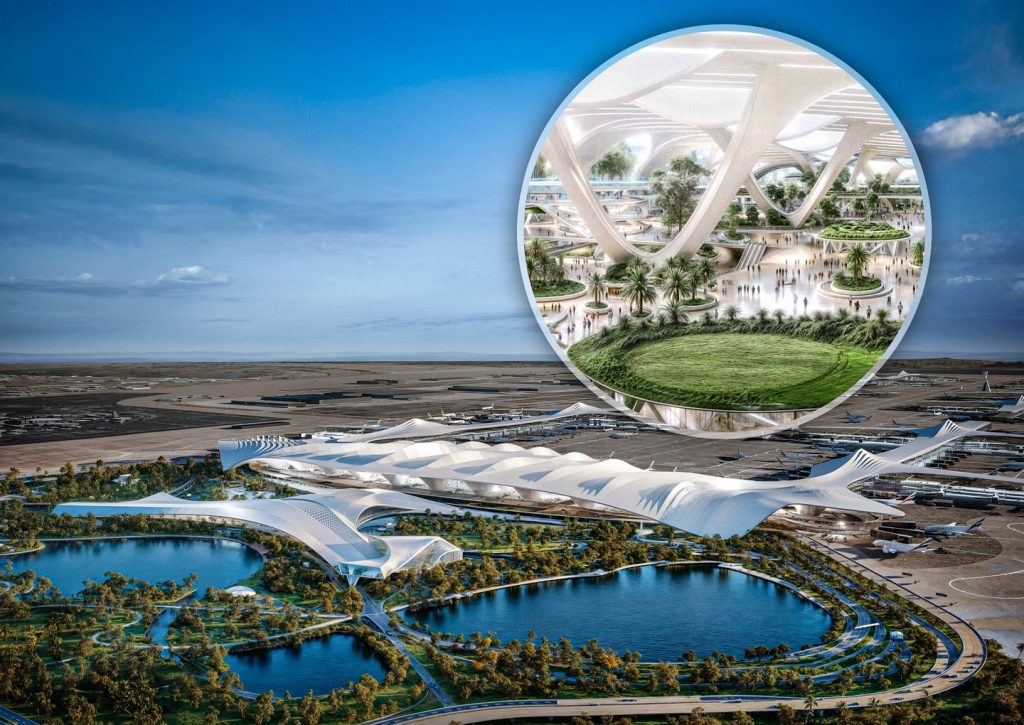
Leave it to Dubai to take things even higher. Al Maktoum International isn’t just one of the most expensive airports in the world—it’s also one of the most ambitious.
Still under phased development, this futuristic airport is planned to handle 260 million passengers annually. That’s more than any airport on the planet. With five runways, four terminal buildings, and an entire logistics city built around it, Al Maktoum isn’t just about arrivals and departures. It’s about creating an entire aviation ecosystem.
The renderings alone make jaws drop—glass canopies, lush green parks, floating interiors. At $35 billion, this isn’t just transportation. It’s vision, scale, and luxury all in one.
Hong Kong International Airport, China — $37 Billion
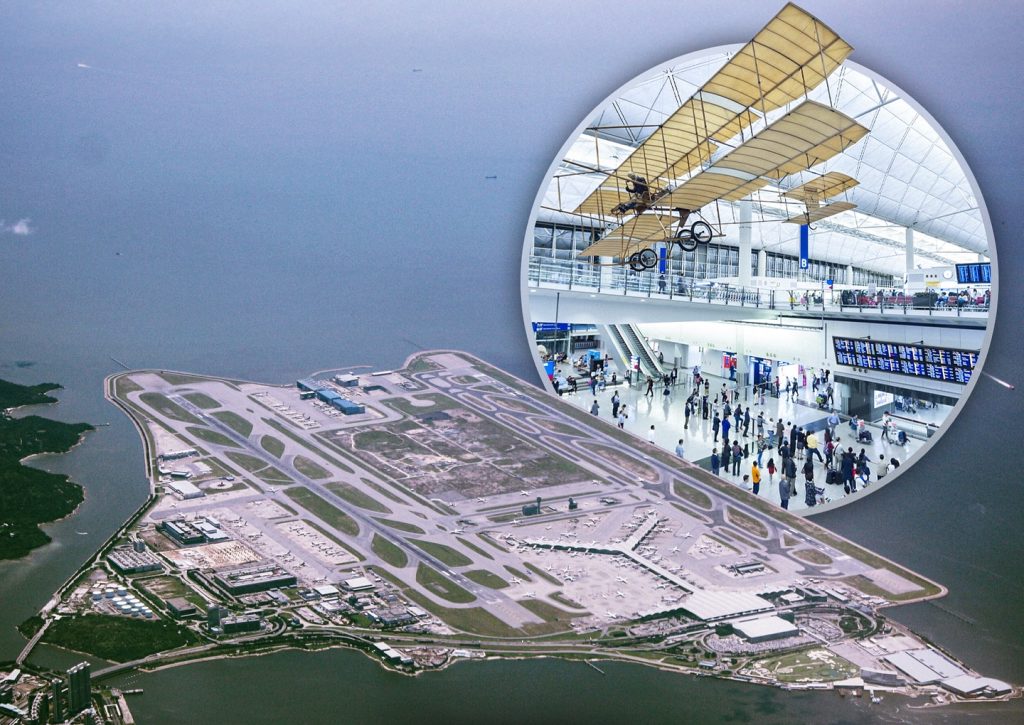
Built on a man-made island reclaimed from the sea, Hong Kong’s airport is an engineering marvel. Opened in 1998, it was one of the boldest construction projects of the century. It required leveling mountains, building bridges, and creating an entire island from scratch.
The terminal is massive but efficient, and its runways are known for handling one of the highest cargo volumes in the world.
The project came with an eye-watering $37 billion price tag, but even 25 years later, it still feels like something built for tomorrow. Smooth transport, scenic views, and a location that connects East and West—Hong Kong International is a gateway in every sense of the word.
Kansai International Airport, Japan — $41 Billion
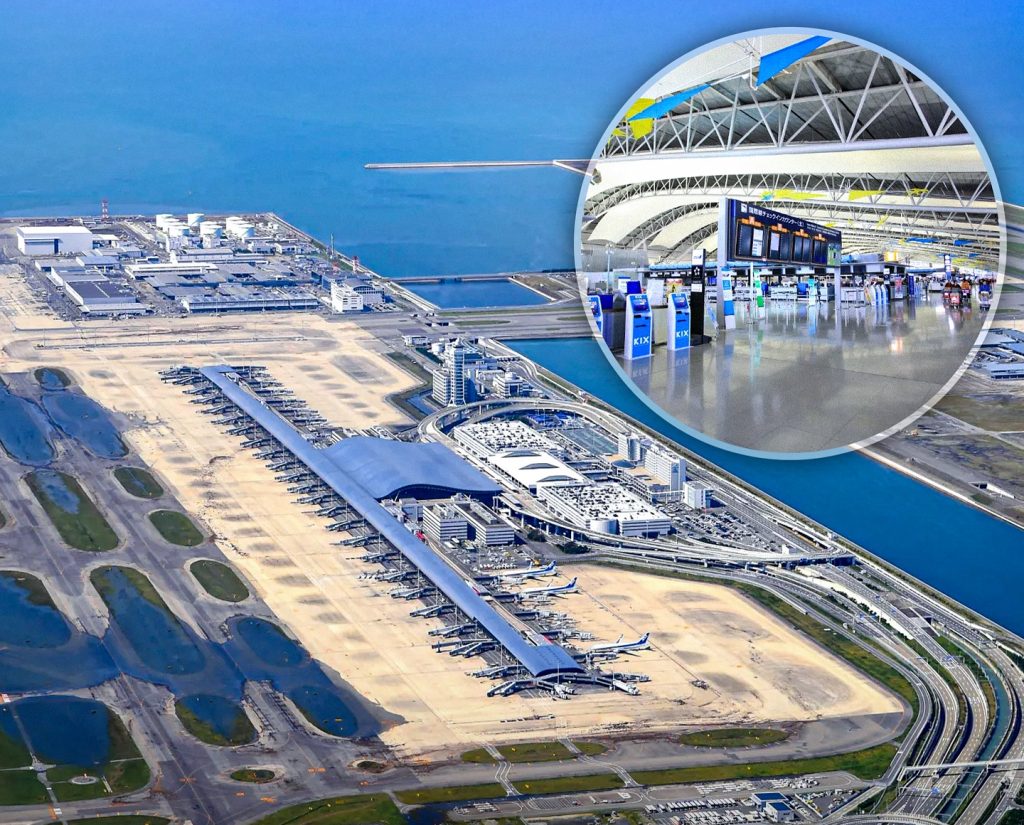
And finally, the most expensive airport ever built: Kansai International.
Located on an artificial island in Osaka Bay, this masterpiece of Japanese engineering is breathtaking. But it didn’t come cheap. At a staggering $41 billion, it holds the crown as the most expensive airport humanity has ever built.
The reason? It was built to survive. Japan needed an airport that could withstand earthquakes, typhoons, and rising sea levels. So they built an entire island, anchored deep into the ocean floor, with cutting-edge foundation technology and shock absorbers built into its core.
It’s a symbol of resilience and brilliance. And though the airport has faced challenges with sinking ground and maintenance, it stands as a bold testament to what happens when a country refuses to compromise on safety or ambition.
The Sky Has No Ceiling
Each of these airports tells a story. A story of nations competing for influence, of architects pushing boundaries, of money being poured into something that doesn’t just fly—it inspires.
Whether it’s Japan building an island in the sea, Dubai reimagining aviation as luxury, or China designing terminals like works of art, these airports aren’t just points on a map. They’re statements. They’re ideas turned into terminals.
Some may argue the money could’ve gone elsewhere. But when you stand in one of these airports, surrounded by glass walls, shimmering floors, and the quiet hum of global movement—you feel something big. You feel how far we’ve come.
The sky used to be the limit. But clearly, we’ve moved beyond that.

